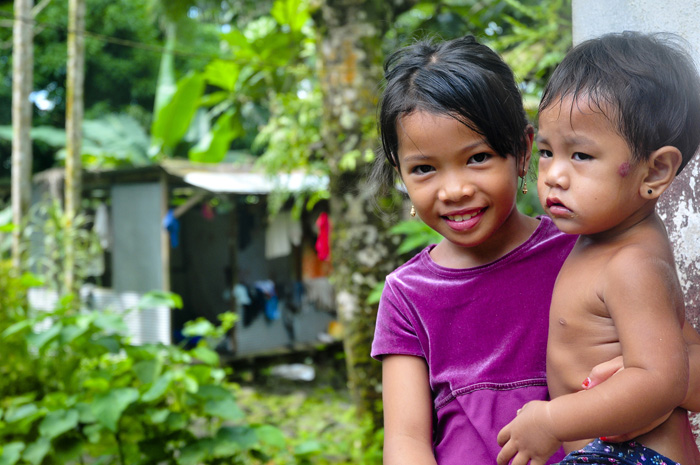4 Key Facts about Healthcare in Papua New Guinea
 Papua New Guinea comprises the eastern portion of New Guinea and a plethora of offshore islands. With the highest infant mortality rate in the region, it is evident that the country suffers from poor health outcomes. Here are four key facts to consider to better understand the state of healthcare in Papua New Guinea.
Papua New Guinea comprises the eastern portion of New Guinea and a plethora of offshore islands. With the highest infant mortality rate in the region, it is evident that the country suffers from poor health outcomes. Here are four key facts to consider to better understand the state of healthcare in Papua New Guinea.
4 Key Facts About Healthcare in Papua New Guinea
- Unique Geographical Challenges: Papua New Guinea features mountain ranges on the mainland as well as 600 small islands. This unique geography introduces challenges in delivering adequate healthcare services to the population, as isolated rural and remote communities are often cut off from essential healthcare services. While all countries have particular groups that are geographically isolated, the situation in Papua New Guinea is exacerbated as 80% of the population lives outside of city centers compared to the global average of 54% urbanization.
- Hygienic Inefficiencies: Hygenic inefficiencies occur in two ways: education and access. Awareness of proper hygiene and health operating procedures remains low in Papua New Guinea. For example, only 10% of schools in the country promote handwashing. But even if education rates were high, proper infrastructure does not exist in Papua New Guinea. Only 40% of the population has access to clean drinking water, and roughly 28% of schools have access to sanitation.
- Scarcity of Doctors and Nurses: For a population of more than nine million, Papua New Guinea has approximately 500 doctors and 400 nurses. The country has 0.1 physicians per 1,000 people, compared to the world average of 1.566 physicians per 1,000 people. The quality of the small healthcare force is further hindered by poor working conditionals, low wages and inadequate infrastructure. These limiting factors, combined with an inefficient training capacity, reduce the scarce healthcare workers’ performance in Papua New Guinea.
- Missing Resources: The lack of access to the resources necessary for health care workers to do their jobs serves only to worsen the prospects of an already struggling workforce. Recently, Papua New Guinea could not provide nurses with basic medical supplies resulting in nurses threatening a strike. Concerns regarding COVID-19 served to highlight that the country only possesses 14 ventilators. For reference, the U.S. had 160,000 ventilators before the pandemic. Even if these resources became available, many nurses and healthcare practitioners would use them inefficiently as there is a lack of adequate training regarding equipment and disease control.
The Future of Healthcare in Papua New Guinea
While the current state of healthcare in Papua New Guinea is lacking compared to global standards, there are many plans in place to increase the scope and effectiveness of healthcare efforts. The Provincial Health Authority (PHA), endorsed by Minister for Health Sir Dr. Puka Temu, is a widespread reform movement attempting to revitalize healthcare in Papua New Guinea. According to Dr. Temu, the program “will bring [Papua New Guinea’] district and provincial health systems under one umbrella, and allow [public health officials] to improve planning and funding of primary health care.”
The healthcare situation in Papua New Guinea presents both unique and general challenges. While many countries suffer from under-resourced and staffed facilities, Papua New Guinea has its unique geography to overcome. To address these concerns, the nation is preparing for the future with its Development Strategic Plan 2010-30, which aims to work alongside the National Health Plan to make Papua New Guinea “among the top 50 countries in the U.N. Development Programme’s (UNDP) Human Development Index (HDI) by 2050.” International partnerships and a domestic governmental focus on health outcomes provide hope for the future of healthcare in Papua New Guinea.
– Kendall Carll
Photo: Flickr
